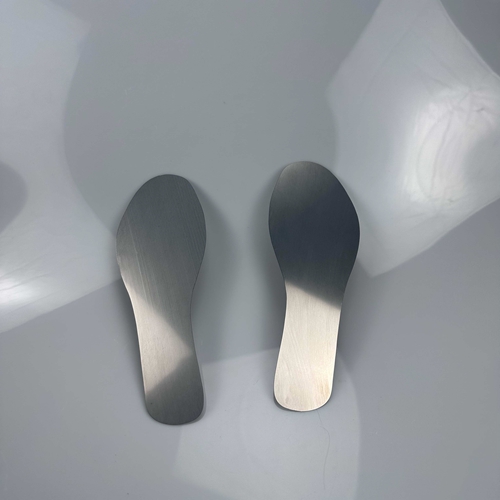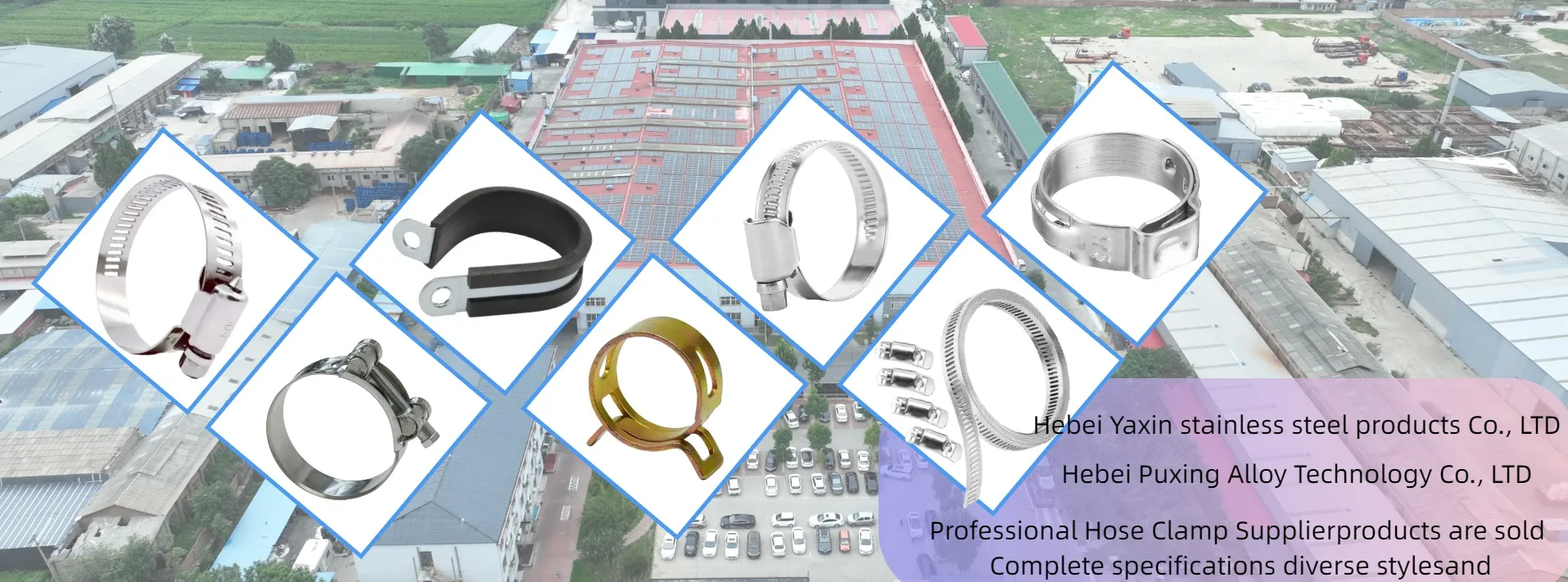- Phone:+86-17331948172 +86-0319-8862898
- E-mail: inquiry@puxingclamp.com
Oct . 13, 2024 23:33 Back to list
a hose clamp
Understanding Hose Clamps Essential Components in Various Applications
Hose clamps may appear to be insignificant metal bands at first glance, but they play a crucial role in numerous industries and applications. These simple yet vital devices are primarily designed to hold hoses onto fittings such as barbed or nipple connectors, ensuring that fluids or gases do not leak out. For engineers, mechanics, and DIY enthusiasts alike, understanding the different types and applications of hose clamps is essential for effective maintenance and system integrity.
Types of Hose Clamps
There are several types of hose clamps, each suited for specific applications. The most common types are
1. Screw Hose Clamps These are the most widely used type. They feature a metal band with a threaded screw that adjusts the clamp's diameter. By tightening or loosening the screw, users can secure the hose in place at varying levels of tension. They are versatile and can fit various hose sizes, making them ideal for automotive and plumbing applications.
2. Spring Hose Clamps These clamps consist of a coiled spring that expands and contracts with the hose's temperature changes. They provide a consistent holding force, which is particularly beneficial in environments where hoses may expand and contract frequently. Spring clamps are commonly used in automotive cooling systems.
3. Ear Clamps Also known as Oetiker clamps, these feature a two-ear design that provides a secure grip on the hose. They require a special crimping tool for installation, making them less common for DIY use but highly effective in automotive and industrial applications.
4. Worm Gear Clamps Similar to screw clamps, these utilize a gear mechanism to tighten the clamp. They are best suited for softer hoses that may be damaged by excessive tightening. Worm gear clamps are often used in fuel and coolant lines.
Materials and Durability
Hose clamps are typically made from stainless steel, which offers excellent resistance to corrosion and rust. However, depending on the application, they can also be found in other materials such as plastic or coated metals. Selecting the right material is crucial, especially in applications where the clamp may be exposed to harsh chemicals or extreme temperatures. For example, marine environments require clamps that can withstand saltwater corrosion, making stainless steel the preferred choice.
Application Areas
a hose clamp

Hose clamps are utilized in a multitude of applications across various industries. In the automotive sector, they secure hoses that transport fluid, such as radiator hoses and fuel lines. A faulty clamp can lead to leaks, which may cause significant damage to the vehicle's engine or other components.
In household plumbing, hose clamps are used to attach flexible hoses to faucets, sinks, and drainpipes. Proper installation and maintenance of these clamps ensure that plumbing systems function efficiently and prevent water damage.
In industrial settings, hose clamps are essential for securing high-pressure hoses that carry liquids or gases. In these scenarios, the integrity of the clamp is paramount, as leaks can lead to safety hazards or environmental concerns.
Installation and Maintenance Tips
Proper installation of hose clamps is vital to ensure their effectiveness. Here are a few tips for installation and maintenance
1. Choose the Right Size Ensure the clamp fits the hose snugly. A loose clamp may not hold effectively, while an overly tight clamp can damage the hose.
2. Check for Compatibility If the hose is made from a specific material, ensure the clamp's material is compatible to avoid corrosion or deterioration.
3. Regular Inspections Regularly check hose clamps for signs of wear, rust, or damage. Replace any that appear compromised to maintain system integrity.
4. Avoid Over-tightening While it may be tempting to tighten a clamp as much as possible, over-tightening can damage the hose, leading to leaks and reductions in performance.
Conclusion
Hose clamps, though often overlooked, are critical components in many systems across various industries. Understanding the types, materials, and applications of hose clamps allows users to make informed decisions, ensuring the reliability and safety of their systems. From everyday plumbing to high-performance automotive applications, the humble hose clamp plays a vital role in keeping everything running smoothly. Regular maintenance and attention to detail can prevent costly repairs and safeguard against potential hazards, emphasizing the importance of these small yet mighty devices.
-
Large Stainless Steel Adjustable American Type Hose Clamp - Hebei Pux Alloy Technology Co., Ltd|Corrosion Resistance&High Breaking Torque
NewsJul.30,2025
-
Large Stainless Steel Adjustable American Type Hose Clamp - Hebei Pux Alloy Technology Co., Ltd
NewsJul.30,2025
-
Large Stainless Steel Adjustable American Type Hose Clamp - Hebei Pux Alloy Technology Co., Ltd|Corrosion Resistance&Industrial Applications
NewsJul.30,2025
-
Large Stainless Steel Adjustable American Type Hose Clamp-Hebei Pux Alloy Technology Co., Ltd|Corrosion Resistance, Adjustable Design
NewsJul.30,2025
-
Large Stainless Steel Adjustable American Type Hose Clamp - Hebei Pux Alloy Technology Co., Ltd. | High Breaking Torque & Corrosion Resistance
NewsJul.30,2025
-
Large Stainless Steel Adjustable American Type Hose Clamp - Hebei Pux Alloy Technology Co., Ltd
NewsJul.30,2025




